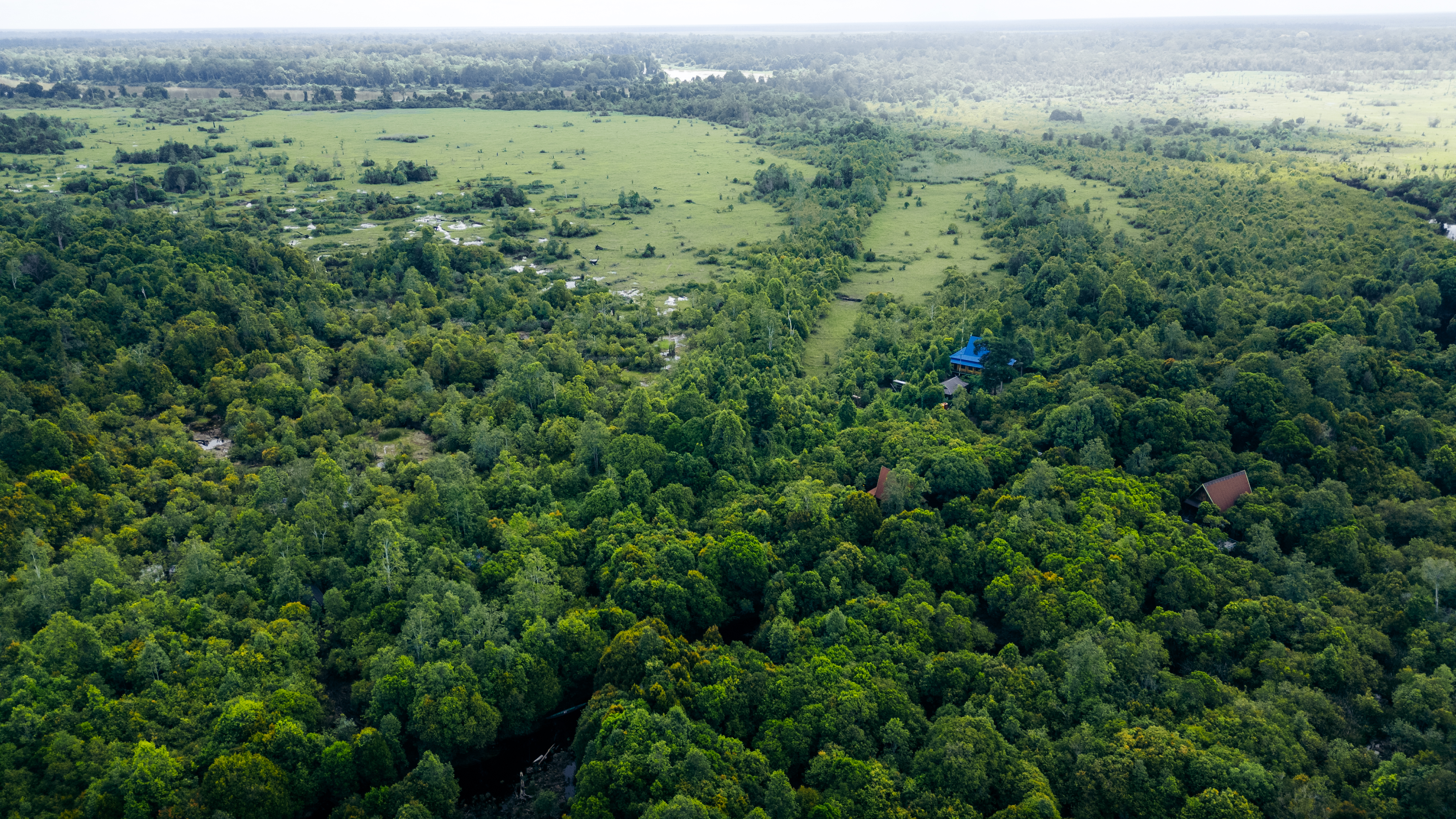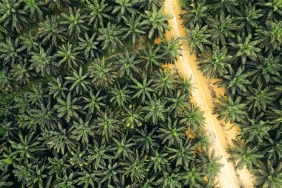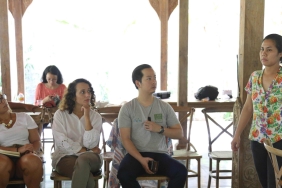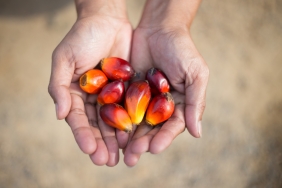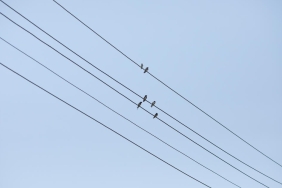RIMBA CORRIDORS NEED GREEN ECONOMY GOVERNANCE INSTITUTIONS
JAKARTA, January 30, 2018. Indonesia as a country that supports the climate change conference has committed to reduce greenhouse gas (GHG) emissions by 29% by 2030. This GHG reduction target is contained in the emission reduction contribution document known as the Nationally Determined Contribution (NDC).
One of the keys to realizing this target is improved governance including in the form of spatial planning. In order to regulate spatial planning and land use on the island of Sumatra, in 2010, ten governors throughout Sumatra agreed to work together to save the environment by signing the Roadmap for Saving the Sumatra Island Ecosystem, and then followed by the issuance of Presidential Regulation No. 12 of 2013 concerning five forest corridors in Sumatra. One of the five corridors is the RIMBA Corridor, which is an important ecosystem within the provinces of Riau, Jambi and West Sumatra (RIMBA) with an area of 3.8 million hectares.
In this regard, WWF-Indonesia with support from the Millennium Challenge Corporation (MCC)/Millenium Challenge Account Indonesia (MCA-Indonesia) has taken three important steps to save the RIMBA corridor, including restoring damaged natural forests, seeking the protection of natural forests and important ecosystems in order to increase the carrying capacity of the Sumatra island ecosystem, and developing incentive and disincentive models.
At least it can be seen from the achievements in three clusters of WWF Indonesia RIMBA Program. Among others; Cluster 1 which is located in two provinces, namely Riau and West Sumatra, has provided training on environmentally friendly rubber and oil palm plantation management. It even helped the Dharmasraya district government to make a Strategic Environmental Assessment (KLHS) document which is expected to be part of the provincial government's policy in the Medium-Term Development Plan (RPJM).
Meanwhile, Cluster 2 is located in East Tanjung Jabung and Muaro Jambi Regencies, Jambi Province. Here WWF Indonesia RIMBA Program built 80 units of canal blocking in the Londerang Peat Protection Forest (HLG) area. Including building early warning system (EWS) facilities as part of efforts to prevent early land and forest fires. Seven units of EWS infrastructure were built in the Londerang HLG area. This includes restoring 200 hectares of HLG area affected by forest and land fires in 2015. To improve the economic capacity of farmers, the RIMBA application was also launched. This is an application that connects peatland farmers, academics and the market. Thus, farmers can find out the movement of the market price of the crops they produce.
Meanwhile, in Cluster 3, which is located in the two districts of Kerinci and Merangin, Jambi, WWF Indonesia is working with KPH Produksi Unit 1 Kerinci. Efforts that have been made in this KPHP work area include conducting ecotourism studies and non-timber forest products (NTFPs). One of the products managed by the community around the forest is forest honey. In addition to providing guidance to 11 arabica coffee farmer groups. WWF-Indonesia in collaboration with Lahar Foundation also connects farmers with buyers. At least, until now since the intervention in 2017, arabica coffee farmers who are members of Kopi Alam Kerinci have managed to sell 20 tons of kerinci arabica coffee products every month. Planting is also carried out in cluster 3, in Merangin Regency, Jambi. In this region, more than 430 hectares of critical forest areas were planted with various types of wood and fruit plants.
Regarding area management, WWF-Indonesia conducted a series of discussions and research with the Coordinating Ministry for Economic Affairs, the Ministry of Agrarian Affairs and Spatial Planning / BPN, and others. The result is the need for green economy governance institutions in the RIMBA corridor that carry out integrated and sustainable landscape management through green economy principles as the implementation of the Sumatra Island Spatial Plan 2012-2032. This institution can also function as a forum for education and coordination at the district, provincial and national levels.
Rizal Malik, CEO of WWF-Indonesia stated, "Institutional governance is an important thing proposed by WWF as a follow-up step that needs to be taken by the government'. Coherence in management will occur if there is synergy and cooperation of parties between sectors at various levels related to both central, provincial and district. The synergy of cooperation will be effective if it is covered by an institution that manages communication and coordination in management.
-0-
For further information, please contact:
Tri Agung Rooswiadji, Team Leader WWF Indonesia RIMBA Program
HP: 0811 2151 2276 | Email: [email protected]
Thomas Barano, Manager Conservation Science Unit (CSU) WWF Indonesia
HP: 0812 2816 196 | Email: [email protected]
Editor's Note:
The Jungle Corridor that connects Jambi, Riau, and West Sumatra includes the Bukit Rimbang-Bukit Baling Wildlife Reserve (SM), Batang Pangean I-CA Batang Pangean II Nature Reserve (CA), Kerinci Seblat National Park, Bukit Tigapuluh Ecosystem, Berbak National Park, North Maninjau CA, Bukit Bungkuk CA, Cempaka CA, Sungai Bengkal Nature Tourism Park (TWA), and Tahura Thaha Syaifuddin as a corridor for elephants, tigers and birds.

